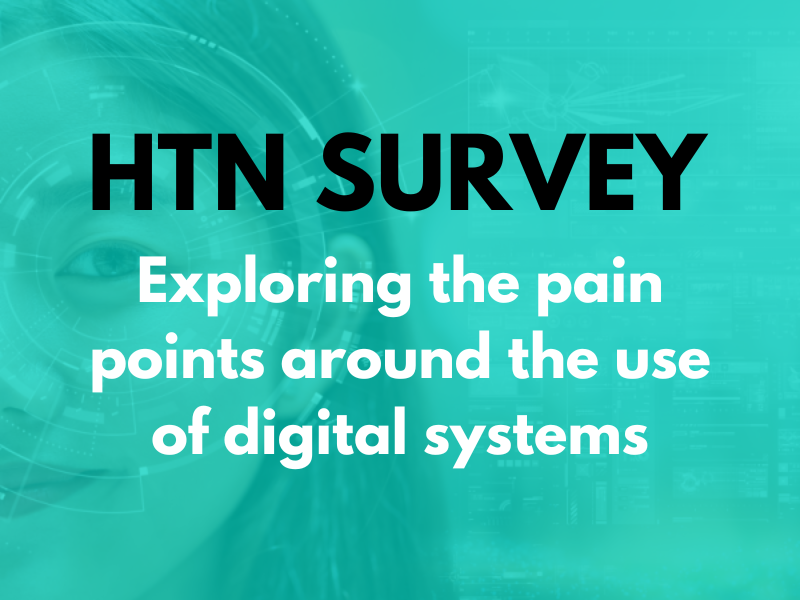The Urgent and Emergency Care Plan for 2025/26 has been published, setting out seven priorities offering the “biggest impact” on UEC improvement over the coming winter, minimum requirements for system winter plans, and roles and responsibilities across NHSE, DHSC, trusts and ICBs.
The seven areas of priority include ensuring Category 2 patients receive an ambulance within 30 minutes; a maximum ambulance handover time of 45 minutes; 78 percent of patients admitted, transferred or discharged within four hours; and tackling delays in patient waits once ready for discharge, “starting with reducing the 30,000 patients staying 21 days over their discharge-ready-date”.
The plan outlines some of the key actions that need to be taken to deliver on the priorities for UEC in 2025/26, focusing on the shifts from treatment to prevention, from hospital to community, and from analogue to digital. 2025/26 will be about “getting the digital basics right”, it states, with technology helping to speed up and improve patient care, allowing clinicians to view records and make referrals more efficiently, and reducing the administrative burden on staff.
An additional investment of £20 million will be granted to the Connected Care Records programme, the FDP will be rolled out to 85 percent of acute trusts by March 2026, and new standards are expected by March 2026 along with guidance on effective implementation for initial priority care technologies such as remote monitoring.
System winter plans are expected to be signed off by Summer 2025, and should include, as a minimum, evidence of how each system will improve vaccination rates, increase the number of patients receiving care across primary, community and mental health, meet the 45-minute ambulance handover time, improve flow through hospitals with particular focus on reducing the number of patients waiting over 12 hours, and set local performance targets by pathway to improve discharge times.
Adding that “blame shunting has become a feature in some poorly performing systems and can no longer be tolerated”, the plan also points to responsibilities across each part of the system for UEC performance. System winter plans should therefore cover how ICBs and primary care are improving access and preventing avoidable admissions, how community providers are making effective use of community beds and tech to help people stay well at home, how trusts are “using all available tools” to improve patient flow, and how ambulance trusts are adapting best practice to maximise improvement opportunities.
An “urgent review” is to be undertaken of UEC data by the end of June 2025, the plan shares, “with improvements rapidly implemented as part of the NHS Federated Data Platform Operational Dashboard work”. NHSE will significantly increase the data available to the NHS and the public to support and accelerate improvement, as well as committing to simplifying and aligning national improvement resources and capital investment to support systems where resources can “make the biggest difference”.
Plans and priorities from across the health and care system for 2025/26 and beyond
The finalised 2025/26 operating plan position and next steps have been published as part of NHS England’s latest board meeting, with boards highlighting the “level of challenge that will be involved in delivering this financial plan alongside operational performance ambitions”. The publication of the 10 Year Health Plan and the outcome of the Spending Review 2025 will provide further insight for medium-term planning for 2026/27, it states.
NHS England published its 2025/26 priorities and operational planning guidance at the beginning of the year, with a focus on local prioritisation and planning, reducing wait times, improving access and patient flow.
For a recent HTN Now panel discussion, we were joined by a panel of experts from across the health sector to discuss how general practice, PCNs, and ICBs can utilise data and leverage technology to support operational efficiencies and improvements across primary care. Panellists included Kathryn Salt, assistant director of primary & community care, data and analytics for the Transformation Directorate, NHS England; Dr Shanker Vijayadeva, GP lead, digital transformation for the London region at NHS England; Dr Sheikh Mateen Ellahi, GP and practice partner at ELM Tree Surgery and South Stockton Primary Care Network; and Max Gattlin, digital consultant at X-on Health.





